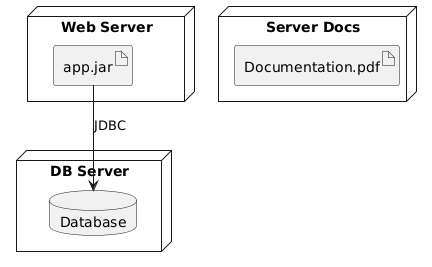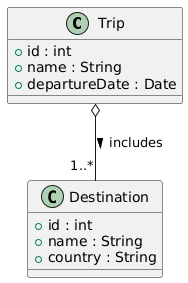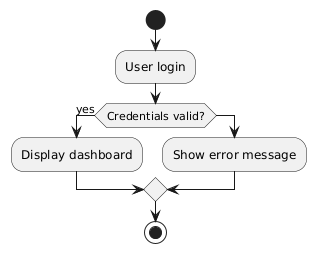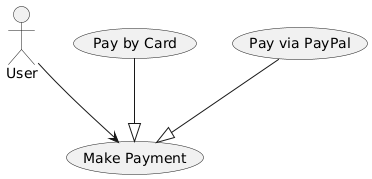UML Diagrams MCQs Questions With Answers – Part 26
Test your knowledge and boost your confidence with these multiple-choice quizzes focused on UML diagrams, foundational software engineering concepts, and real-world best practices. Designed for students, developers, and exam candidates, these MCQs offer a quick and effective way to assess your understanding and sharpen your skills.
1. What is the role of an artifact in a UML deployment diagram?
A Represent a system process
B Describe a user activity
C Represent a file or physical element deployed on a node
D Identify a dependency between classes
2. In a carpooling app, a car can be used by several trips. Trips can exist without the car. What relationship is this?
A Composition
B Association
C Dependency
D Aggregation
3. What does this relationship represent?

A An Employee can supervise several other employees, but not themselves
B An Employee inherits from another
C An Employee contains another Employee
D This represents a recursive composition
4. You want to represent a conditional choice in an activity diagram (e.g., “if payment is validated, send confirmation, otherwise cancel”). Which symbol should you use?
A Diamond
B Rectangle
C Circle
D Horizontal line
5. In UML, a composite state contains ______________
A An activity diagram
B One or more class transitions
C Other internal states
D A conditional structure
6. What is the purpose of packages here?

A To declare abstract classes
B To organize the code based on the visibility of attributes
C To group classes by functionality or domain
D To separate objects and classes
7. In a UML object diagram, how do you indicate an object’s attribute value?
A In brackets [ ] under the name
B As name:Class without further indication
C By listing attribute = value pairs inside the rectangle
D By coloring them in blue
8. In a use case diagram, what does a generalization relationship between two cases mean?
A The specialized case is always called
B The specialized case inherits the behavior of the general case
C The general case depends on the child case
D The main actor changes dynamically
9. Which UML rule is illustrated here?

A A class can only inherit from a single interface
B A class can only implement an interface if it is abstract
C UML allows multiple inheritance of interfaces
D Interfaces must be in composition
10. In UML, what does a <<realize>> dependency between two elements mean?
A An abstract class becomes concrete
B An interface is implemented by a class
C An activity is executed automatically
D A component inherits from another








